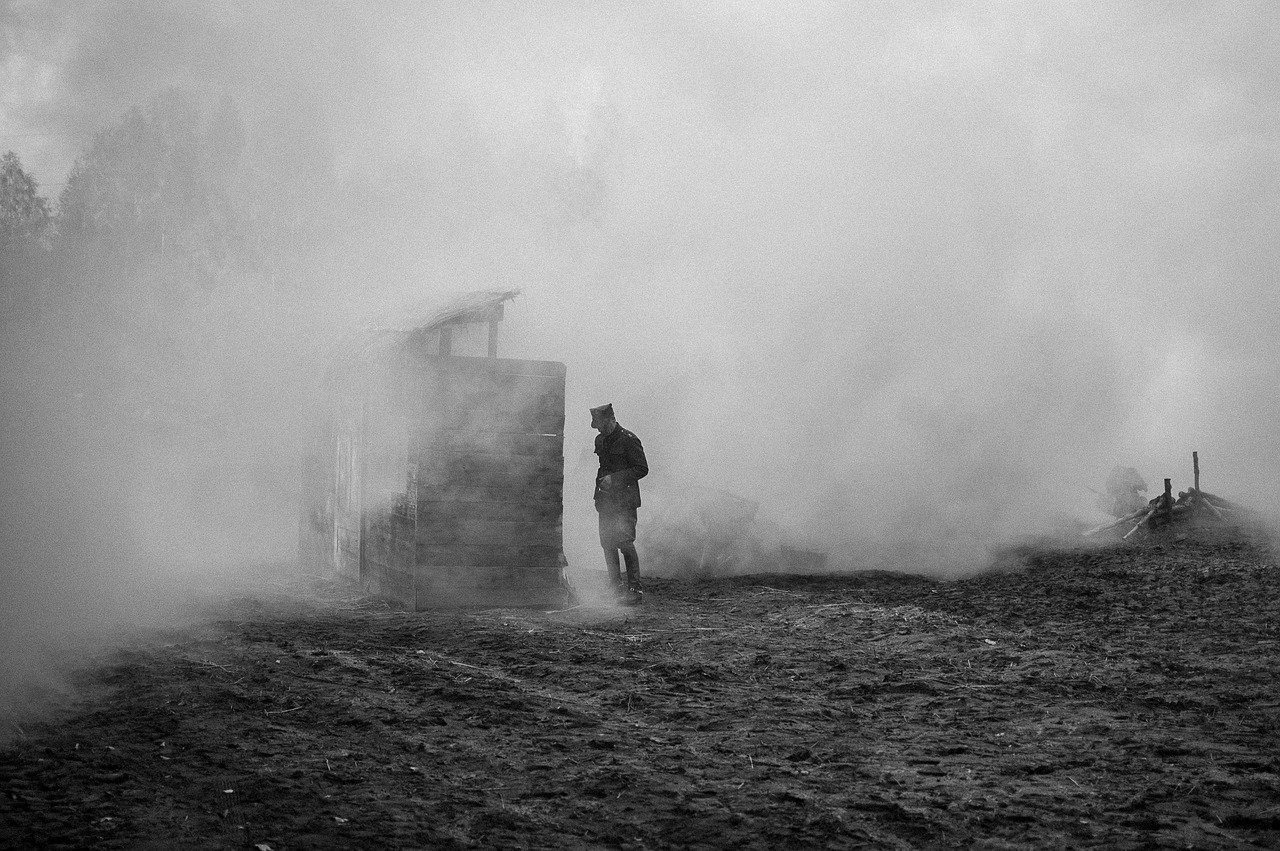On the night of August 1 to 2, 1990, 120,000 Iraqi soldiers crossed the border into Iraq and Kuwait. Kuwait could do almost nothing against its enemy. The entire strength of the Kuwaiti army at the time was only 20,000 men. In addition, despite the tense situation, the army was not put on high alert. But despite this, Kuwait had tried to defend itself: some of its units had proved very brave in battles against superior enemy forces. The main battles unfolded right in the capital near the Dasman Palace. The Kuwaiti emir and his advisers managed to leave the palace before the Iraqi army got here, but the brother of the emir died in the battle for Dasman. The palace was not taken until the end of the day.
By the evening of August 2, the entire territory of the small emirate was occupied and the Kuwaiti military fleet was in Iraqi hands. The invaders looted and abused the locals. Power in Kuwait was transferred to the newly created and completely dependent on Baghdad “Free Provisional Government of Kuwait.
The world community was outraged by the actions of the Iraqi authorities. The U.S. had its own economic interests in the region. They feared that after success in Kuwait, Saddam Hussein would want to take over Saudi Arabia as well, becoming the master of almost all oil deposits in the region. At first, at NATO meetings, the view was more often voiced that Iraq should be influenced by economic sanctions. But already on August 6, it was decided to send a military contingent to the Persian Gulf. In this situation, the USSR would have benefited from supporting Saddam Hussein. Like Iraq, the Soviet Union had been dependent on oil supplies since 1972, and the low prices on the fuel market were hurting the pockets of Soviet citizens. A conflict in the Middle East would have raised prices and somewhat laid siege to the U.S., a longtime rival of the USSR. But the foreign policy environment and the ideas of “perestroika” tilted the Soviet leadership toward a pro-Western stance. Mikhail Gorbachev condemned the Iraqi aggression and advocated a peaceful solution to the conflict. At the same time, the USSR stopped supplying weapons to Iraq.
George W. Bush said that in order to restore order in the Middle East, it was necessary to eliminate the regime of Saddam Hussein, which the American president called anti-democratic. At the same time, the U.S. did not seek to completely destroy the military might of Iraq. In order to maintain a balance and prevent an increase in Iranian influence, the U.S. was interested in maintaining a relatively strong Iraq. As part of the pacification of the region, the U.S. and other countries (in all, military forces of 41 states, including Britain, France, Saudi Arabia, Israel and others officially participated in the war) carried out the following actions:
- Established a naval blockade in the Red and Mediterranean Seas. The tasks of the patrol ships included inspecting and escorting suspicious ships. In response, nationals of the countries involved in the blockade were arrested in Iraq. These people were held as hostages in Iraq until the end of the year.
- Operation Desert Shield was conducted to protect Saudi Arabia. In the first days of August, border conflicts broke out on the Kuwaiti-Arabian border between Iraqi troops and Saudi border guards. Riyadh turned to Washington for help. The Western allies have sent about 2 thousand warplanes, 1.5 thousand helicopters, 4 thousand tanks, several thousand guns and military equipment, as well as several hundred ships and 600 thousand soldiers to the region of the Persian Gulf. At the same time the water and air space for the passage of American military vehicles have been opened by Egypt, Italy and Spain. For transportation of such a large quantity of special equipment and fuel the USA even had to charter the merchant ships. The statistics available today show the tremendous speed and quantities of cargo from the U.S. and Europe to the Middle East. No war has ever seen such a massive and rapid movement of men and equipment.
Operation Desert Shield involved regular combat exercises. The purpose of the exercises was to make the multinational forces of the anti-Iraq Coalition work together and to train the soldiers in the use of the latest weapons: the SLAM cruise missiles, the latest modifications of the M2 Bradley infantry fighting vehicles and Abrams tanks, etc.
Iraq could counter the Western allies with 780,000 men, 5,000 tanks, 7,000 combat vehicles, 700 combat aircraft and several thousand artillery systems. Contrary to popular opinion, Iraq had fairly good weapons, about 30 percent of military equipment was quite modern.
Saddam Hussein was aware of the formidable enemy he faced. On August 8, he declared Kuwait part of Iraq (formally, the initiative for accession came from the puppet pro-Iraqi “Free Government of Kuwait”). The Iraqi leader hoped to reach a compromise with the Western powers: to exchange the freedom of Kuwait for certain concessions from the United States. Of course, the ideal solution for Iraq would have been the withdrawal of NATO forces from the region and the conclusion of a new oil treaty with the U.S., which would have stipulated higher prices. Washington had supported Iraq in the war with Iran 10 years earlier, so Saddam thought he would be forgiven for his aggression against his neighbor this time, too.
The deployment of Western troops to Saudi Arabia lasted several months. If Saddam Hussein had decided to strike the allies before the end of the transfer of men and weapons, perhaps he would have succeeded, if not in winning the war, at least in inflicting serious damage on the enemy. But here the psychological factor came into play. The Iraqi leader was afraid to start a war and missed the opportunity.
